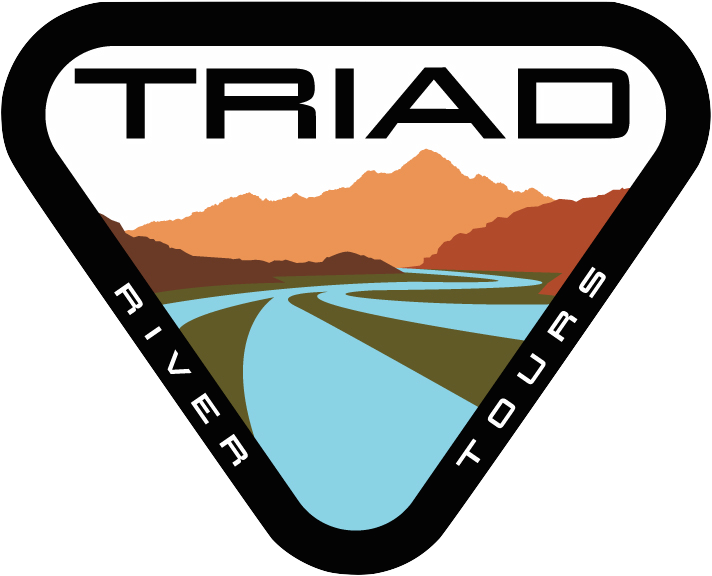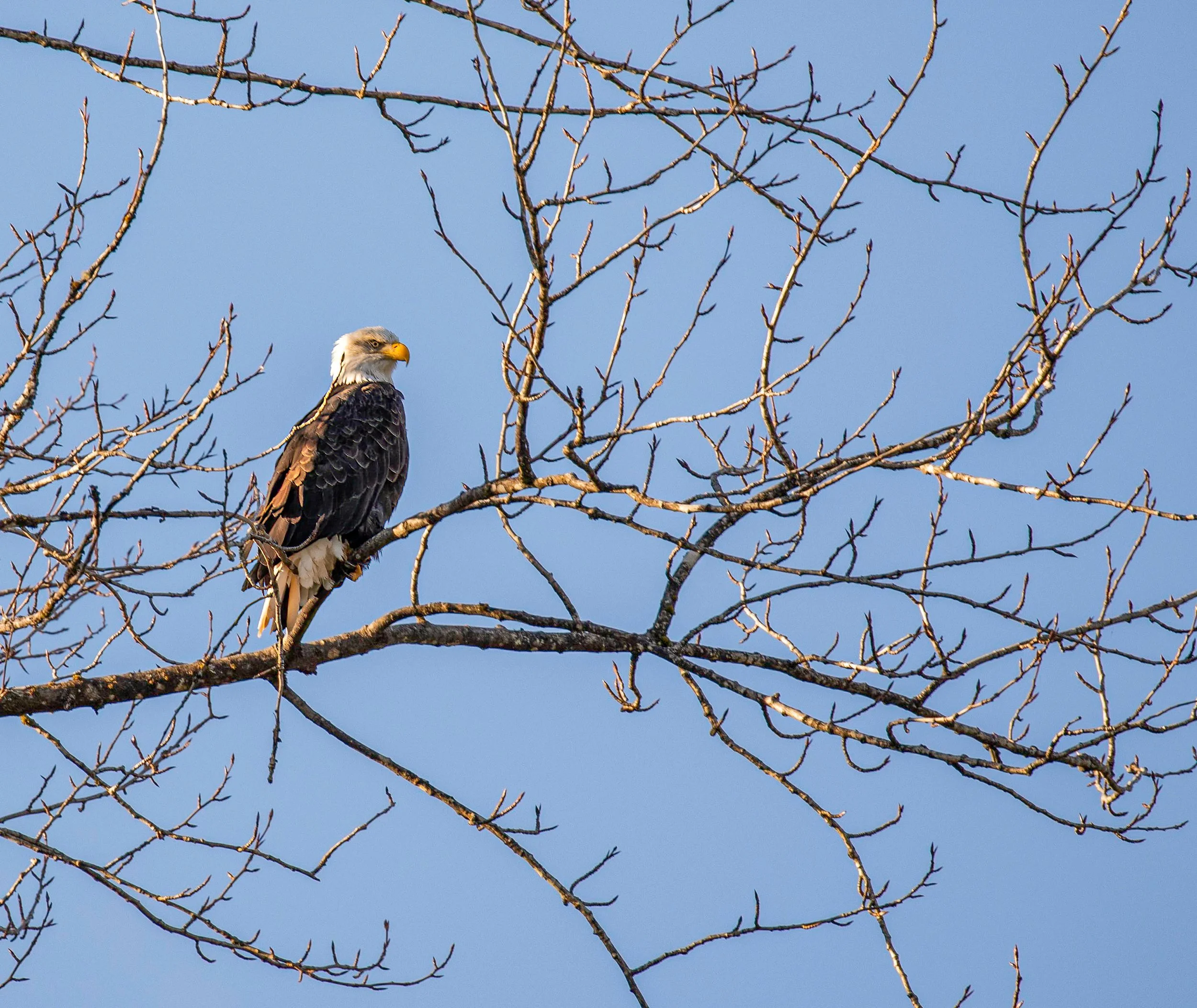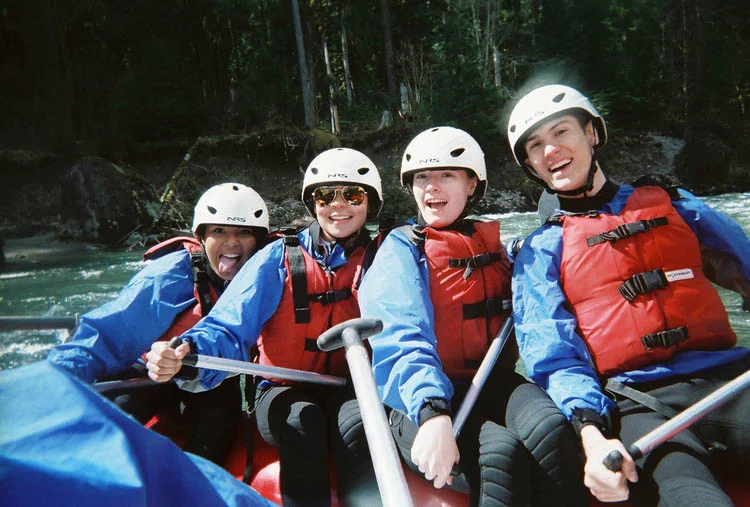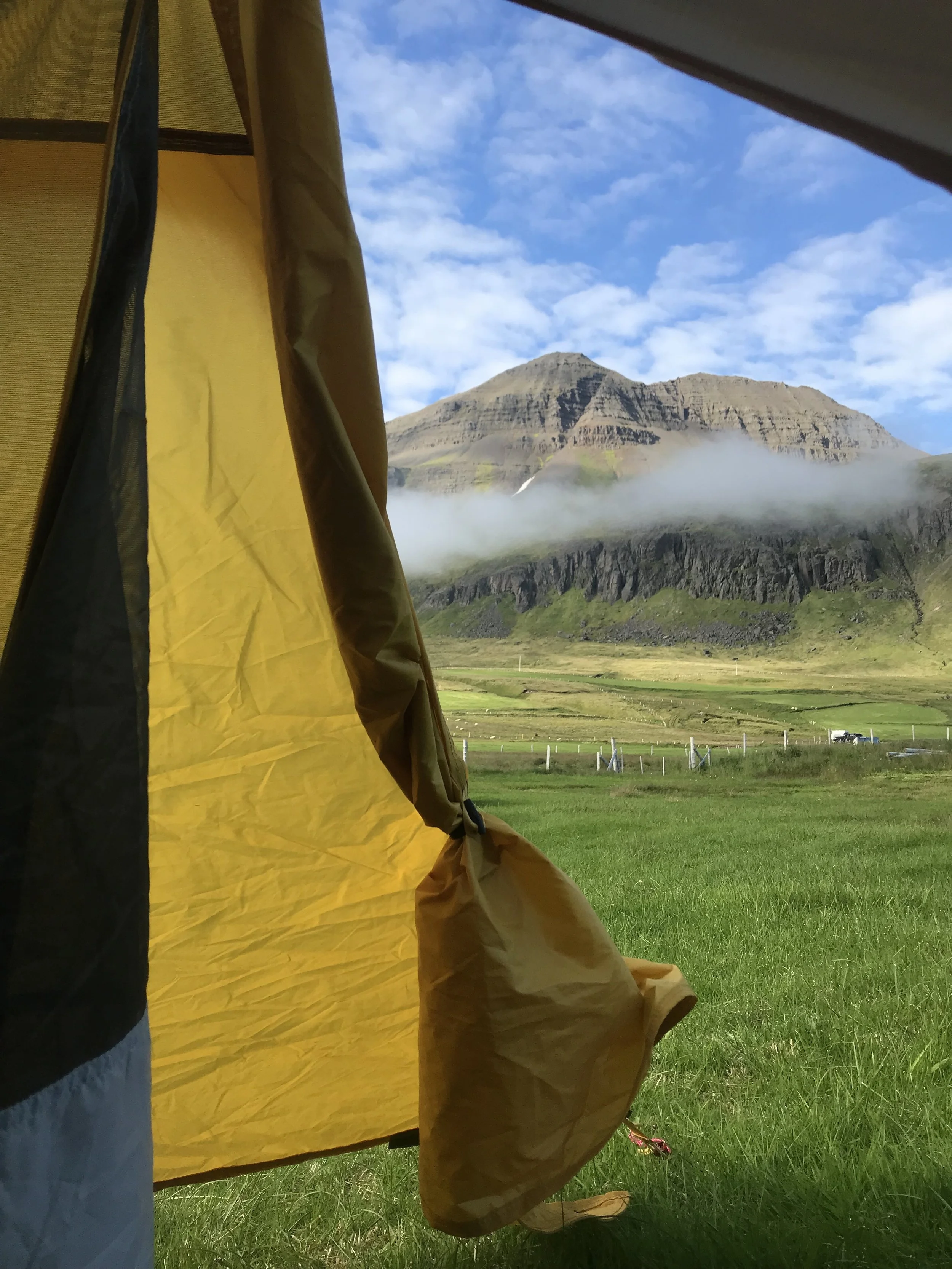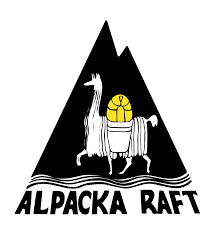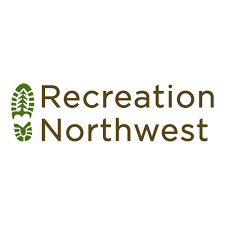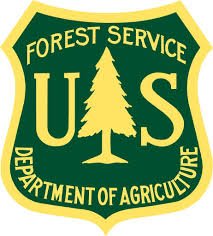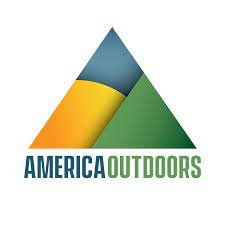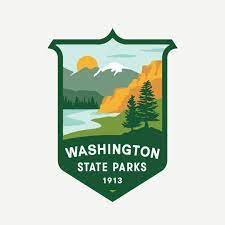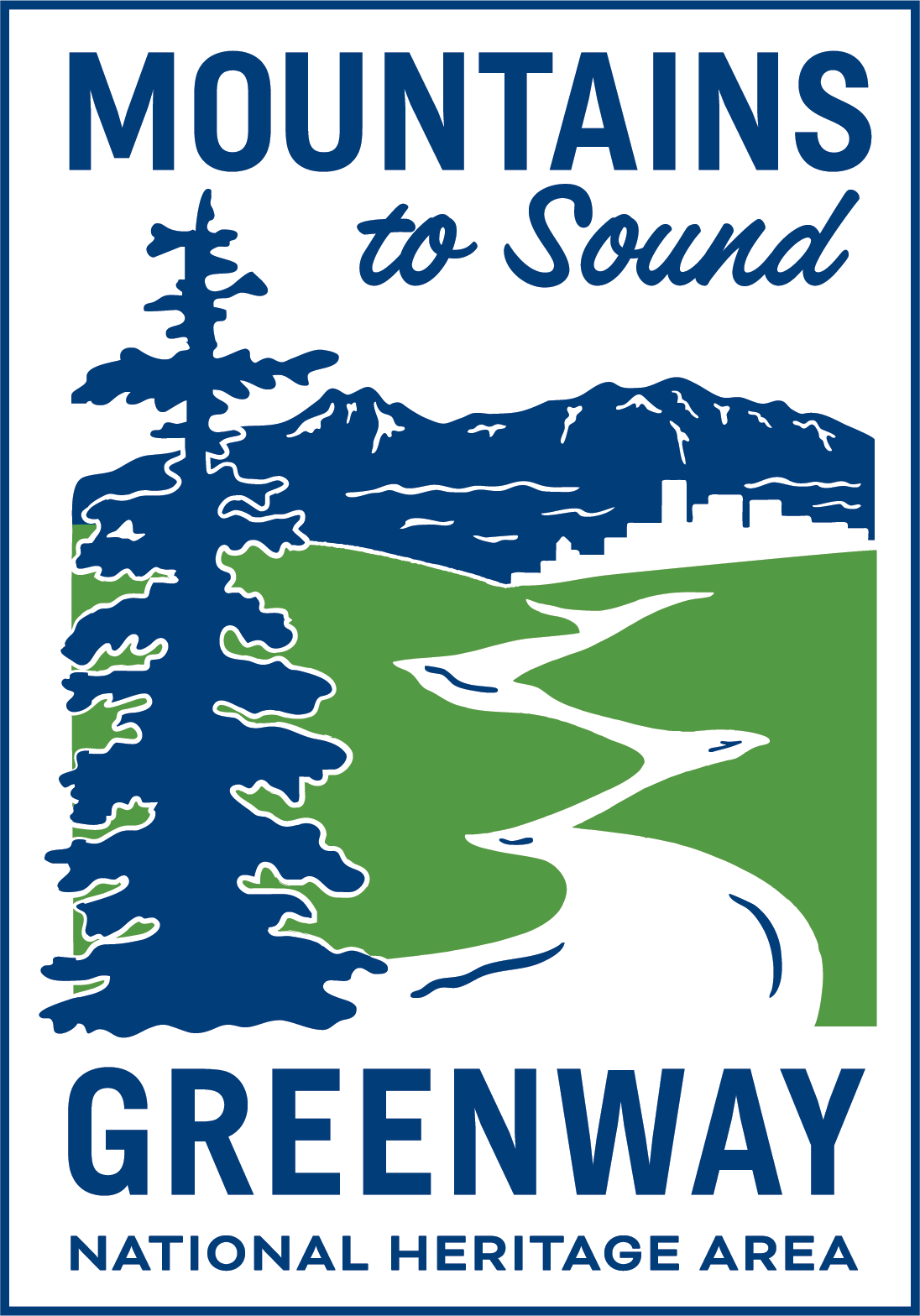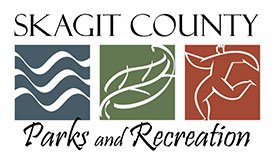The Skagit River is an incredible bird watching destination. While best known as the wintering ground of hundreds of bald eagles (sometimes more than 100 sightings in just one rafting trip!), the Skagit is a winter home for many other fascinating and beautiful bird species. While maybe not as well known as the national symbol, they are still beauties you might recognize!
Trumpeter Swan
A fully grown trumpeter swan can live up to 20 years old.
Trumpeter Swans are characterized by long white necks and black feet and beaks. They used to reside throughout all of North America, but now are rarely found outside of Canada. Washington is the exception in the winter however, and you can find many of them nestling near the rivers, where the water stays active and unfrozen all year long. Nests can be found as close to the water as the partnered swans could make it. They can often be found in pairs, but less commonly in large groups.
Snow Goose
The black outline of their lips is called their “grinning patch” or “smile”
Unlike the Trumpeter Swan, snow geese prefer the company of dozens of fellow snow geese during their travels. While they are difficult to see on the ground due to their unique markings, you will be able to see plenty just by looking up. Click the third link below to see their different color variations. Their breeding grounds are on Arctic tundra. Washington, however, is the exception, and you can find them here in the winter.
Tundra Swans
While Tundra Swans (A.K.A. whistling swan) look nearly identical to the Trumpeter Swan, there are some unique differences between the two. First of all, their populations have not been endangered in the U.S. due to their keen adaptability, so they are much more common than the trumpeter swan. Their young are tinged gray on their heads, wings, and neck. As they grow older, they become whiter, and their beaks have an orange base.
Check out skagiteales.com to book a trip down the Skagit River in the winter for a bird watching trip like you’ve never experienced. If the cold isn’t your thing, book a trip with us here on our website for a warm, summer trip today!
Sources:
https://www.allaboutbirds.org/guide/Trumpeter_Swan/id
https://www.audubon.org/field-guide/bird/trumpeter-swan
https://www.allaboutbirds.org/guide/Snow_Goose/id
https://www.audubon.org/field-guide/bird/tundra-swan
Read More:
Bald Eagles, Salmon, and Winter Floods: The Annual Migration
Skagit River Bald Eagle Rafting
